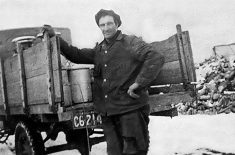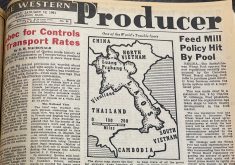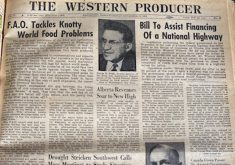I’ve never been one of those people who are obsessed with getting a deal.
If it means driving across town to save $4 on a toaster or three cents a litre on gas, I’m not interested.
After all, my time is valuable and isn’t to be expended frivolously.
Read Also

Kochia has become a significant problem for Prairie farmers
As you travel through southern Saskatchewan and Alberta, particularly in areas challenged by dry growing conditions, the magnitude of the kochia problem is easy to see.
However, after saying all that, you’ll never guess what I did recently.
It started with a plan to roll our large stash of pennies and sell them to the bank. However, then I found out that pennies minted before 1997 were made with high levels of copper, for which a metal company would pay $3.75 a pound, which works out to slightly more than two cents a penny.
I’m not sure what got into me, but I decided to proceed and see where the sorting took me.
It was tedious going at first. I had to turn over each of my more than 3,200 pennies so I could read the date, and I needed to shine a flashlight on the operation so I could make out the tiny numbers.
Early on, I almost gave in to the voice in my head that said, “my time is too valuable for this nonsense,” but I persevered, and as I did, the process got easier.
For one thing, I slowly started to figure out that in the 60-odd years during Queen Elizabeth’s reign that the Canadian Mint made pennies, it only used three likenesses of the monarch.
The earliest one was her wearing a tiara, the middle-aged queen wore a full-blown crown and the older queen was bare headed. Once I figured that out, I could do a lot of sorting without reading the dates.
In the end, I found 1,461 pre-1997 pennies, for which I was paid $30.
It worked out to $2.50 an hour, which seems a little silly, but it actually turned out to be pretty interesting.
I found three pennies with the image of the king — not King Charles but King George, the queen’s father. One of them was minted in 1940, another in 1941 and another in 1944. The 1940 penny is particularly special because that’s the year my mother was born.
I also found a one-cent euro and a British penny, which somehow had worked their way into the money supply.
I didn’t try selling those to the bank, of course.

















